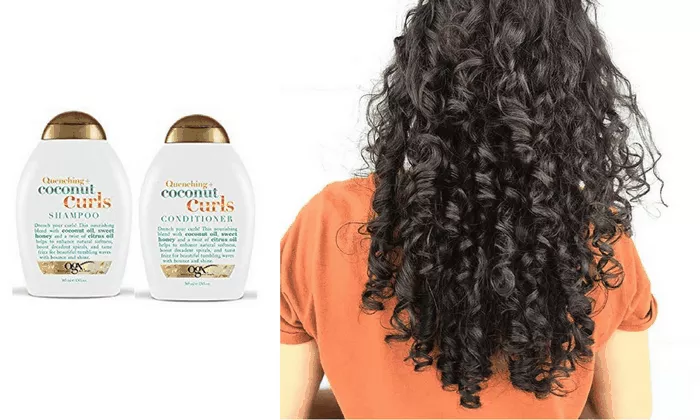Embarking on the journey to achieve those luscious curls can be an exciting prospect, even for those with damaged hair. While it’s essential to approach the process with caution, perming damaged hair is not impossible with the right techniques and products. This article delves into the art of perming while safeguarding the health of your hair, offering valuable insights to help you achieve beautiful curls without compromising your hair’s integrity.
1. Assess the Damage
Before diving into the perming process, it’s crucial to assess the extent of the damage your hair has sustained. Evaluate factors such as split ends, breakage, and overall hair health. If the damage is severe or recent, consider postponing the perm until your hair has undergone some degree of recovery. Patience is key when dealing with damaged hair to prevent exacerbating existing issues.
2. Consult with a Professional
Seeking the advice of a professional hairstylist is a vital step, especially when dealing with damaged hair. A skilled stylist can assess the condition of your hair, recommend suitable perm solutions, and provide insights into the best approach for your unique situation. Their expertise ensures that the perming process is tailored to your hair’s specific needs, minimizing the risk of further damage.
3. Choose a Gentle Perm Solution
Opt for a gentle, low-ammonia perm solution specifically designed for damaged or chemically treated hair. These formulations are milder and less likely to cause additional harm. Brands often offer different strengths, so consult with your stylist to select a solution that aligns with your hair’s current state. Prioritize products with conditioning agents to provide extra nourishment during the perming process.
4. Pre-Treatment Conditioning
Conditioning your hair before the perm is crucial to fortify its structure and minimize the risk of damage. Use a deep-conditioning treatment in the weeks leading up to the perm appointment. This pre-treatment will enhance your hair’s moisture levels and prepare it for the chemical process, helping to maintain elasticity and minimize breakage.
5. Trimming for Healthy Ends
Before perming damaged hair, consider getting a trim to eliminate split ends and prevent further breakage. Trimming promotes a healthier appearance and ensures that the perm solution is applied to the strongest parts of your hair, reducing the likelihood of damage during the process.
6. Monitor Processing Time
During the perming process, closely monitor the recommended processing time for the chosen perm solution. Damaged hair may process more quickly than healthy hair, so it’s essential to stay vigilant. Regularly check the curls’ formation and consult with your stylist to determine if the perm has reached the desired level of curliness.
7. Post-Perm Care Routine
Once the perming process is complete, transitioning to a specialized post-perm care routine is essential for maintaining the health of your newly curled locks. Use shampoos and conditioners designed for permed or chemically treated hair to provide the necessary moisture and prevent further damage. Incorporate leave-in conditioners and serums to nourish and protect your curls, keeping them vibrant and resilient.
8. Avoid Additional Chemical Treatments
To safeguard your permed and damaged hair, it’s crucial to steer clear of additional chemical treatments, such as coloring or bleaching, for a significant period after the perm. Allow your hair ample time to recover and regain strength before introducing any further chemical processes.
9. Regular Trims for Maintenance
Regular trims are essential for maintaining the health of permed hair, especially if it’s already damaged. Trimming every 6-8 weeks helps prevent split ends and breakage, ensuring that your curls remain vibrant and free from the negative effects of damaged hair.
10. Hydration and Nutrition
Support your hair’s recovery by focusing on internal health. Stay hydrated, maintain a balanced diet rich in vitamins and minerals, and consider supplements if necessary. Proper nutrition contributes to overall hair health, making it more resilient to damage and ensuring your permed curls look their best.
See Also: The Rosemary Oil: Choosing the Best Variant for Hair Growth
Conclusion
Perming damaged hair requires a thoughtful and considerate approach, prioritizing the health of your hair throughout the process. By assessing the damage, consulting with professionals, choosing gentle perm solutions, and implementing a dedicated care routine, you can achieve beautiful curls without compromising the integrity of your hair. With patience, proper planning, and ongoing maintenance, you can enjoy the allure of permed hair while nurturing and restoring its health.


